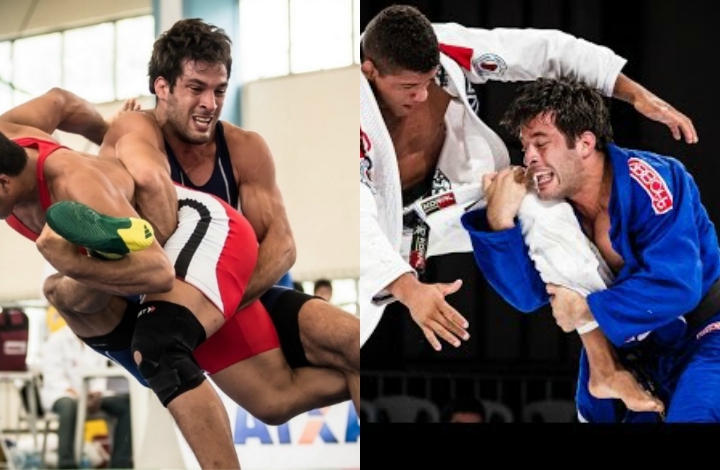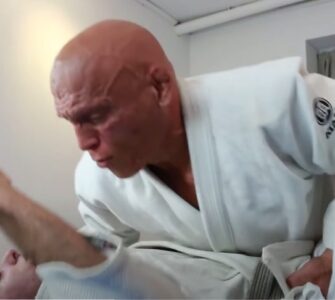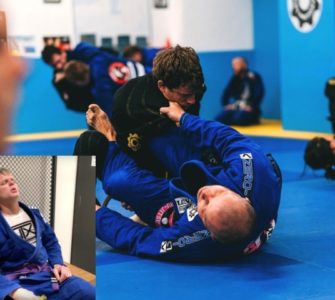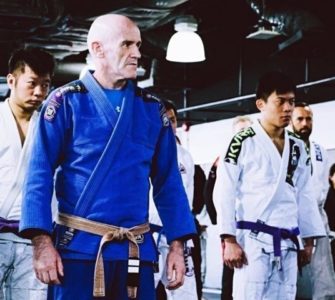“BJJ Players Will Never Reach Their Full Potential Unless They Cross Train In Other Grappling Arts.”
John Danaher
If you haven’t started training BJJ yet, you definitely should. It’ s going to have a positive impact on many aspects of your life- on a psychological, physical and social level. It’s indispensable in MMA and, if your academy is teaching you the right way, it is going to work in self-defense, too.
If you are already a BJJ practitioner this short article is for you. I don’t have to convince you of all the benefits jiu-jitsu has, you are probably already totally addicted to it. So I want to talk about the benefits of cross-training in other grappling arts, such as judo, wrestling, Russian sambo, luta livre or catch-wrestling to name just a few. Of course, as a BJJ practitioner myself, I don’t want you to switch completely to another modality. It’s just good to broaden one’s mind and become a more complete grappler.
Some of the most prominent figures in the martial arts community did it. Bruce Lee just loved to learn anything related to martial arts. The Gracies had quite a long love affair with Olympic wrestling. The Ribeiro brothers have long been training with a judo star Flavio Canto (who has learnt a lot of his newaza game with the Ribeiros). Erik Paulson, Marcelo Garcia, I could go on for a while. If that doesn’t convince you, here are some more arguments for mixing it up a little.
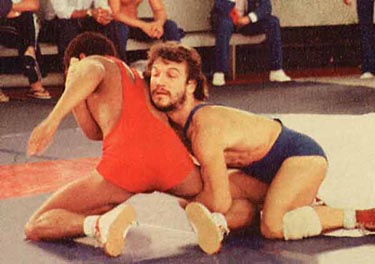
In the late 70’s and 80’s in Brazil, Rolles’ father, Rolls Gracie, who was known as the first Gracie to cross train in other grappling arts such as judo, wrestling or sambo, competed regularly in these arts.
1) Different emphasis
The main emphasis in BJJ is the ground game. That’s why some gyms, especially those competition oriented ones, don’t put enough emphasis on the stand-up game (takedowns and throws). There is never enough time for it and there is no incentive, since you can be a world champion and not execute a single throw pulling guard instead. Some judo or wrestling training will open your eyes to a different aspect of grappling fight and teach you how to throw somebody and instantly apply an arm bar, get side control. Sambo, on the other hand, is great for finishing up your takedown with some nasty leg lock.
2) Different dynamics
Those of you, who started their grappling journey in a BJJ class will know what I mean – you try to apply you best technique you have spent so much time drilling against a judoka. And to your surprise he is able to resist. A typical mental excuse for a jiujiteiro would be „he is too athletic” (is there even anything like that?), or „he is just using too much strength”. Well guess what, the fight is sometimes about strength, timing, explosiveness. Concepts that a BJJ practitioner doesn’t always pay enough attention to, because as the saying goes „technique conquers everything”. Cross-training with other grapplers, especially Olympic wrestlers or judokas, might open your eyes to the importance of these aspects of your game.
3) Different techniques
BJJ in its emphasis on ground game techniques has brought them to the level of complete mastery. But that doesn’t mean other grappling styles have nothing to offer in that department.
Besides, even with the same techniques, there are some details that we can learn from fellow grapplers. Sambo has great leg locks executed right after a takedown. Catch wrestling and luta livre- cranks and heel hooks that you may never learn in BJJ because they are illegal.
The Brazilian jiu-jitsu authorities have gradually banned techniques that are potentially dangerous making our sport safer to train and compete in. That’s what Jigoro Kano did and it’s a good thing, but that doesn’t mean we can’t learn some dirty tricks even if it’s for learning’s sake.
4) Humbleness
Last but not least is the lesson in humbleness. You know what I mean if you…
… have always trained in the GI and got your butt kicked the first time you participated in a NOGI class;
… have been focusing on the ground game and your judoka/wrestler friend throws you around like a rag-doll;
… were a successful purple belt competitor and after being promoted to brown belt you learnt the usefulness of leglocks (and you learnt it the painful way);
… you drilled your favorite trick for weeks and discovered it wouldn’t work against a stronger judoka or wrestler because „they are too athletic”;
… you only train BJJ and went to your first MMA class…
Brazilian jiu-jitsu is a very fast growing sport in its own right. As such, it is getting more and more sport-specific and athletes are focused only on the competition aspect with a certain rule set. Therefore, they don’t „waste time” on things which are unnecessary in competition, concentrating on developing their „game”. And that’s good. This is what sport is about.
But maybe you want to have a broader outlook on the grappling arts. Maybe you want to learn new tricks in a new dimension to be a more complete and versatile grappler. If so, I strongly advise you to learn from fellow grapplers. Be critical, eliminate what is useless, develop, improve, check in sparring, ask your instructor. Apart from techniques there are plenty of other things to learn: warm-up drills, specific strength and conditioning exercises, strategies.
Not only will you be a more complete grappler, but you will also be harder to surprise and you will have lots of fun.
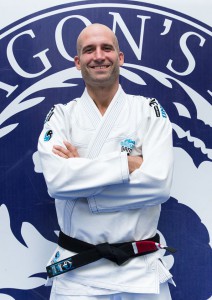 About the author:
About the author:
Krzysztof Łukaszewicz, first degree black belt under Braulio Estima, founder and head coach, Dragon’s Den Fight Club, Warsaw, Poland
www.dragonsden.com.pl

